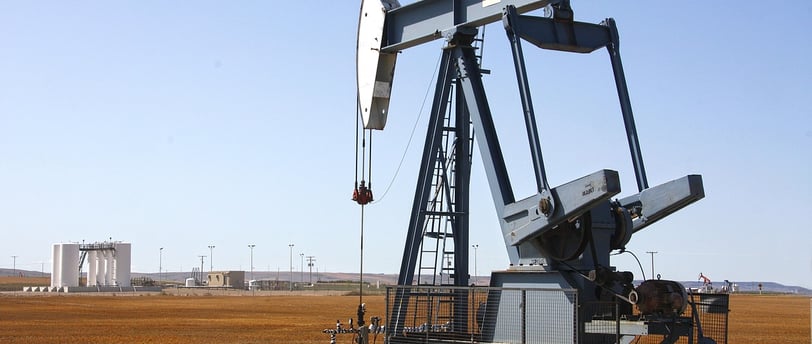The Bataan Oil Spill Crisis: An Expanding Environmental and Economic Disaster
The Bataan oil spill, caused by the sinking of the M/T Terra Nova in July 2024, has led to significant environmental damage and economic losses, particularly affecting thousands of fisherfolk across Bataan and Cavite, with ongoing efforts to contain the spill and support affected communities.
GENERAL


Introduction
The Bataan oil spill, which began on July 25, 2024, following the sinking of the oil tanker M/T Terra Nova off the coast of Limay, Bataan, has become a major environmental catastrophe in the Philippines. Carrying over 1.4 million liters of industrial fuel oil, the spill has rapidly escalated, affecting marine ecosystems and the livelihoods of thousands of residents. This article examines the scope of the disaster, the ongoing response efforts, and the potential long-term consequences.
Scope of the Disaster
The spill has led to the declaration of a state of calamity in 21 areas across Bataan and Cavite, encompassing several municipalities and cities. The spread of the oil slick has severely impacted coastal communities, particularly those reliant on fishing. The National Disaster Risk Reduction and Management Council (NDRRMC) reports that approximately 25,000 fisherfolk in these regions have been affected, with substantial economic losses expected.
Environmental Impact and Response Challenges
The ecological damage caused by the spill is extensive, with oil contamination threatening marine biodiversity in Manila Bay and adjacent waters. The Philippine Coast Guard, along with other agencies, has been working tirelessly to contain the spill using oil booms and dispersants, but the efforts have been hampered by technical challenges and adverse weather conditions.
Environmental groups have raised concerns about the long-term impacts on the region's ecosystems, which are already vulnerable due to ongoing reclamation projects and the recent typhoon. The Protect Verde Island Passage network has criticized the government’s handling of the crisis, pointing out the recurrence of such incidents under the current administration.
Economic Consequences
The spill has dealt a severe blow to the local economy, particularly affecting the fishing industry. The Department of Agriculture estimates that nearly 46,000 fisherfolk are at risk, with reported losses already amounting to PHP 78.69 million. Fishing bans in the affected areas, coupled with consumer fears about contaminated seafood, have further exacerbated the economic strain on communities.
To mitigate these effects, local governments in Bataan and Cavite have declared states of calamity and initiated compensation programs for affected residents. However, the assistance provided, such as the PHP 350 daily compensation for fisherfolk in Cavite, falls short of addressing the long-term economic challenges posed by the spill.
Government and Community Response
The Philippine government has mobilized various agencies to address the disaster. The Office of Civil Defense (OCD) leads the inter-agency task force, coordinating cleanup operations and ensuring the delivery of aid to affected communities. Additionally, the Department of Environment and Natural Resources (DENR) is monitoring water and air quality, while the Department of Science and Technology (DOST) has deployed experts to assist with the response.
Local communities have also stepped up, with initiatives like the collection of coconut husks and hair clippings to aid in oil absorption during cleanup operations. However, the effectiveness of these efforts remains to be seen, given the scale of the spill.
Conclusion
The Bataan oil spill is a stark reminder of the vulnerabilities faced by coastal communities in the Philippines. As the cleanup continues and the government investigates the causes of the disaster, it is crucial to consider the long-term environmental and economic impacts. The ongoing efforts to contain the spill and assist affected communities are vital, but they also highlight the need for stronger preventive measures and disaster preparedness in the future.
